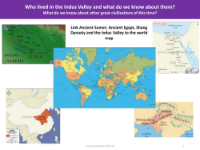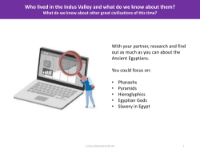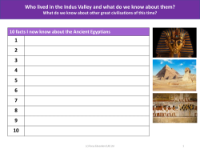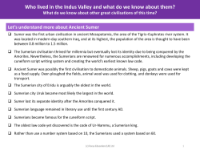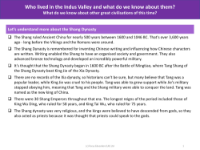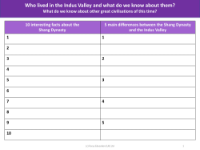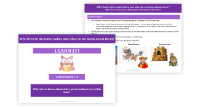What do we know about the other great civilisations of this time? - Presentation
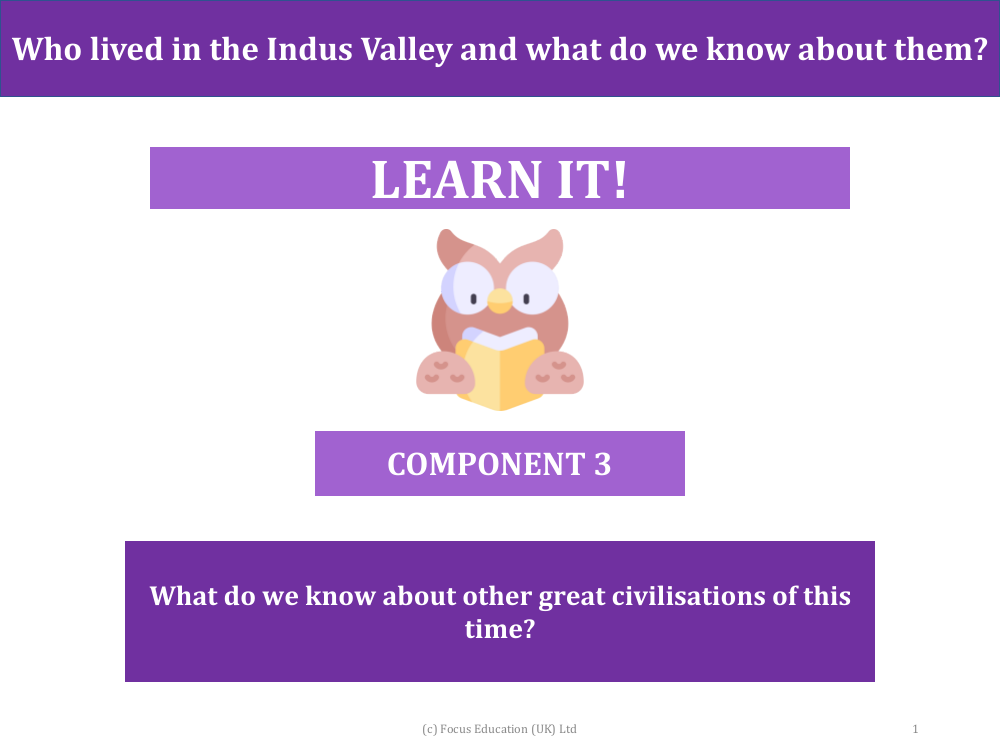
History Resource Description
The educational material from Focus Education invites pupils to explore the earliest civilisations as mandated by the National Curriculum, specifically those existing around 3000 years ago. Students are encouraged to learn about the achievements and characteristics of ancient societies, including Ancient Sumer, the Indus Valley, Ancient Egypt, and the Shang Dynasty of Ancient China. The lesson begins with an exercise to locate these civilisations on a world map, followed by an introduction to each one. For instance, Ancient Egypt is known for its pharaohs, pyramids, hieroglyphics, and the role of slavery within its society. The pupils are tasked with researching various aspects of these civilisations, such as their rulers, architectural achievements, writing systems, religious beliefs, and social structures.
Further details are provided about Ancient Sumer, the first urban civilisation in ancient Mesopotamia, which is present-day southern Iraq. The Sumerians are credited with numerous achievements, such as developing cuneiform script and the world's earliest known law code. The lesson also delves into the Shang Dynasty, which ruled Ancient China for nearly 500 years and is remembered for its advancements in Chinese writing, bronze technology, and military prowess. Pupils are encouraged to watch educational videos to enhance their understanding of these civilisations and to compile lists of interesting facts and compare the differences between them, such as the Shang Dynasty and the Indus Valley. Through these activities, students gain a comprehensive view of the great civilisations that have shaped human history.

